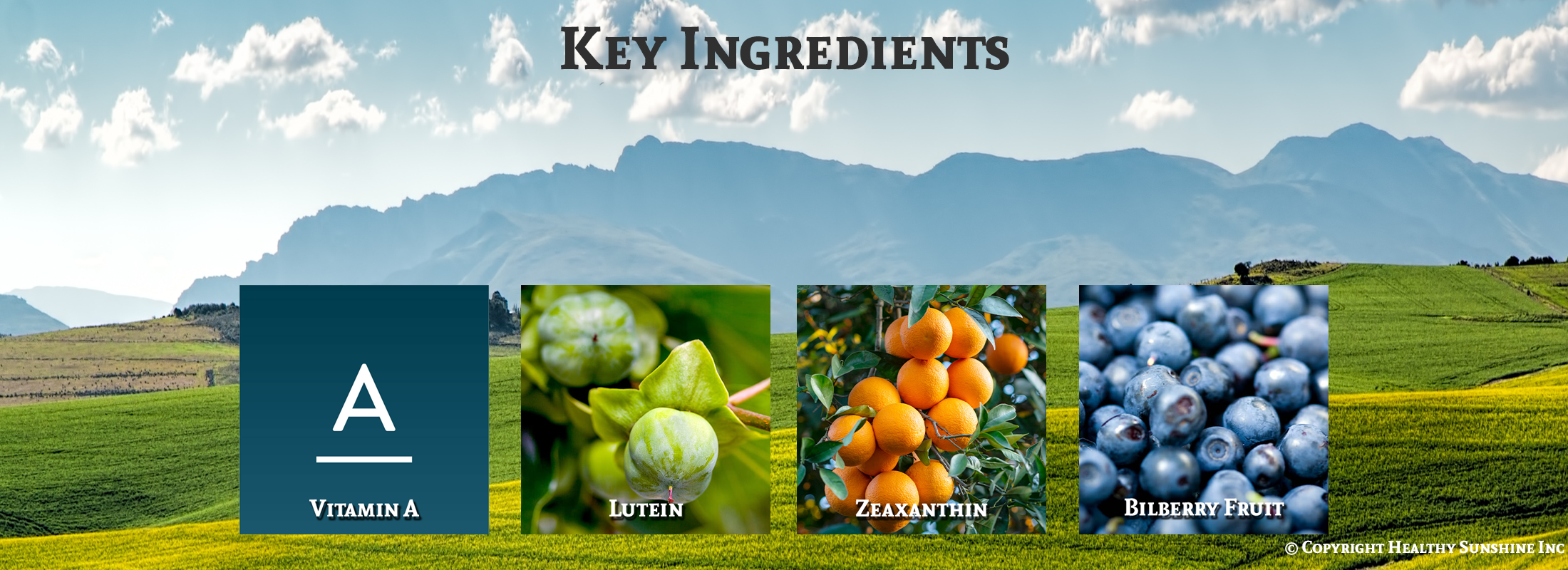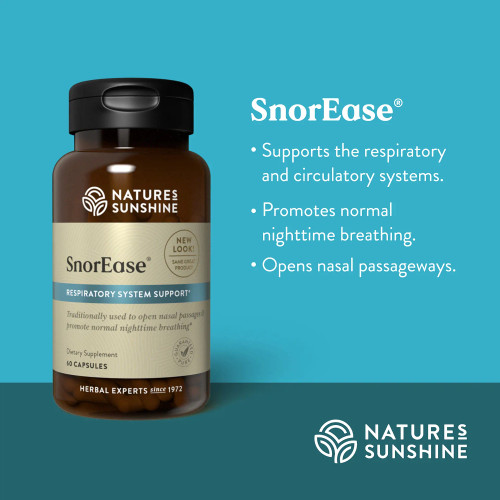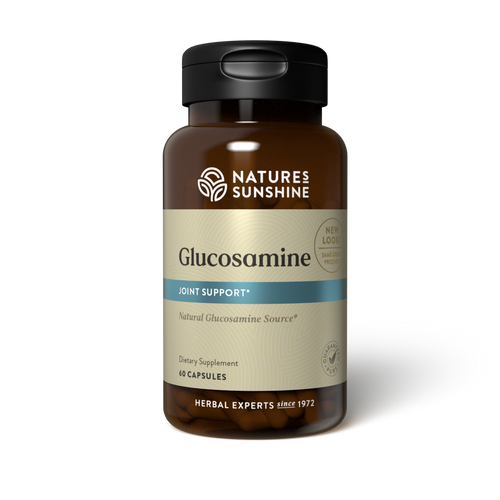Benefits:
- Supports the circulatory system.
- Supports the macular region of the eye and total eye health.
- Fights free radical damage.
- Provides 6 mg of lutein per serving.
How It Works:
Our eyes are constantly exposed to sunlight and artificial lighting, which can generate free radicals that have harmful effects on ocular cells. After middle age, our natural antioxidant production decreases, and the pigments in our eyes change. Perfect Eyes has been specially formulated with herbs and nutrients that support eye health.
The two key ingredients are lutein and N-Acetyl-Cysteine (NAC). Lutein is an important antioxidant that supports the macular region of the eye. Aging bodies can easily convert NAC into the eye-protecting antioxidant glutathione, making NAC supplementation an important step in protecting the eye from harmful free radical damage and nerve cell damage. Plus Perfect Eyes contains taurine (an amino acid that protects proteins in the eye lens), zinc gluconate and selenium (powerful antioxidants that are particularly beneficial to older individuals) and quercetin and hesperidin (two bioflavonoids that act as antioxidants to protect against toxic damage to the eye).
Ingredients:
Vitamin A (as beta-carotene), zinc (as gluconate), selenium (as amino acid chelate), lutein, eyebright aerial parts, bioflavonoids, N-acetyl-l-cysteine, taurine, mixed carotenoids (lycopene, alpha-carotene, cryptoxanthin, zeaxanthin), curcuma root extract, bilberry fruit concentrate.
Recommended Use:
Take 2 capsules daily with a meal.
Beta-carotene is basically the yellow or orange pigment that gives many vegetables, fruits, flowers and other plants their colors. It was first crystallized from carrot roots in 1831. Beta-carotene means “B carrot” from the Greek beta + Latin carota.
In 1851, Herman von Helmholtz invented the opthalmoscope, which led to the discovery of the foveal pit in the human eyeball. This region of the macula has tightly packed cone cells and is responsible for the sharp vision you need for daily activities like face recognition and reading. It wasn’t until 1988 when researchers identified lutein, zeaxanthin and meso-zeaxanthin as key components in the macula. This region is yellow in color because absorbed pigments from colorful foods are stored there.
Bilberry, also known as whortleberry, huckleberry and European blueberry, was used traditionally to soothe the intestines and for oral applications. It is native to northern Europe. In World War II, British Air Force pilots consumed bilberry jam before they took off to help their night vision.



















